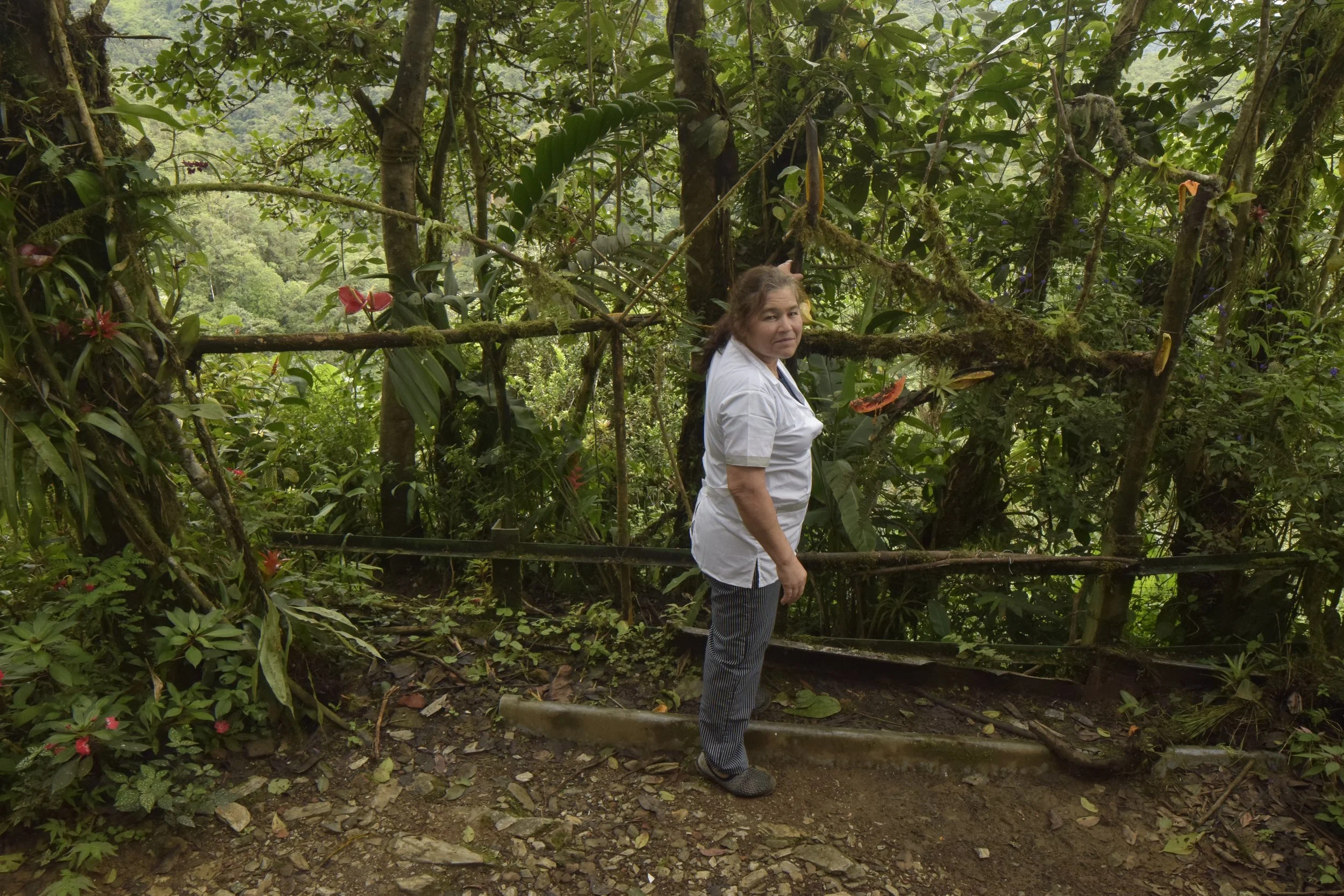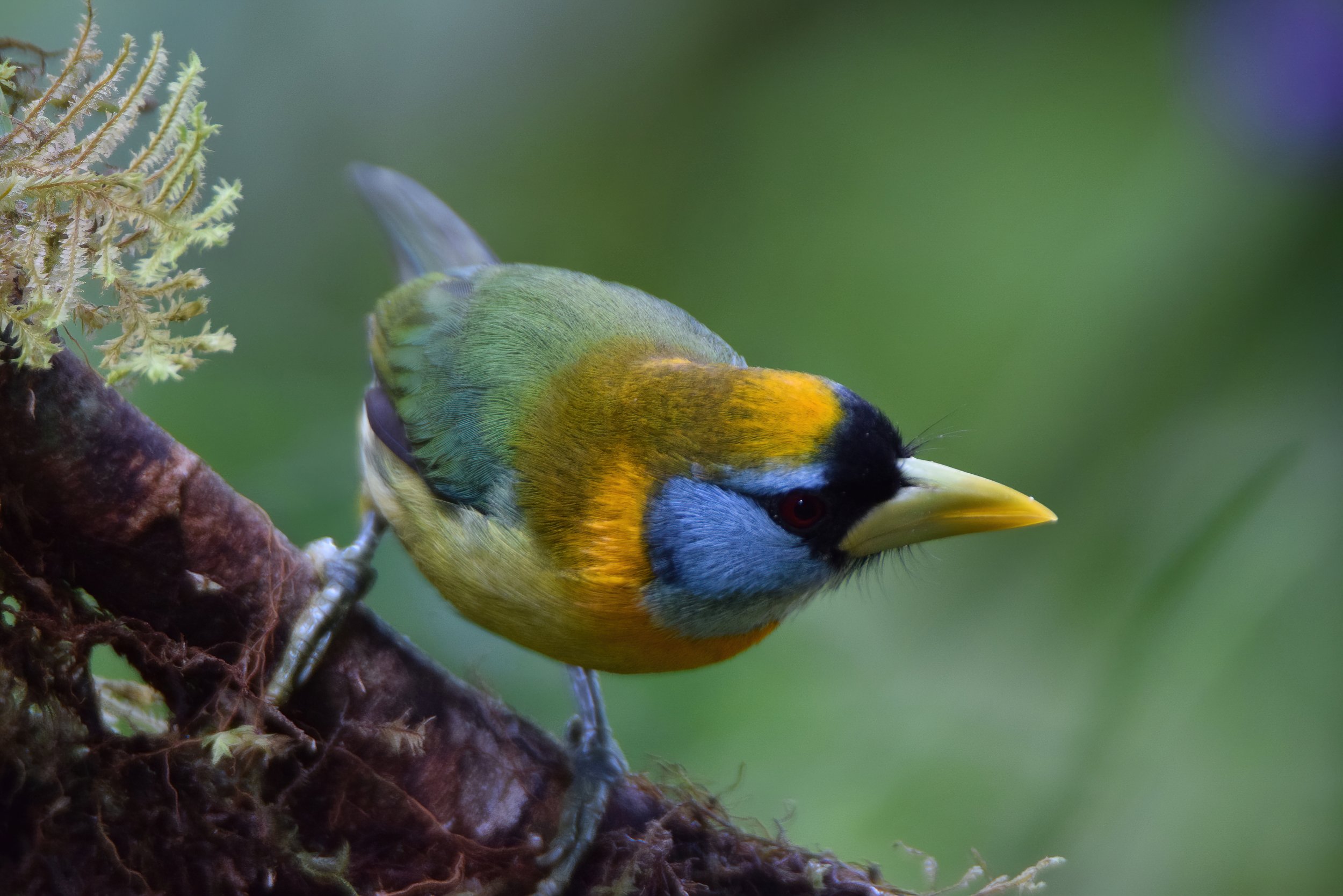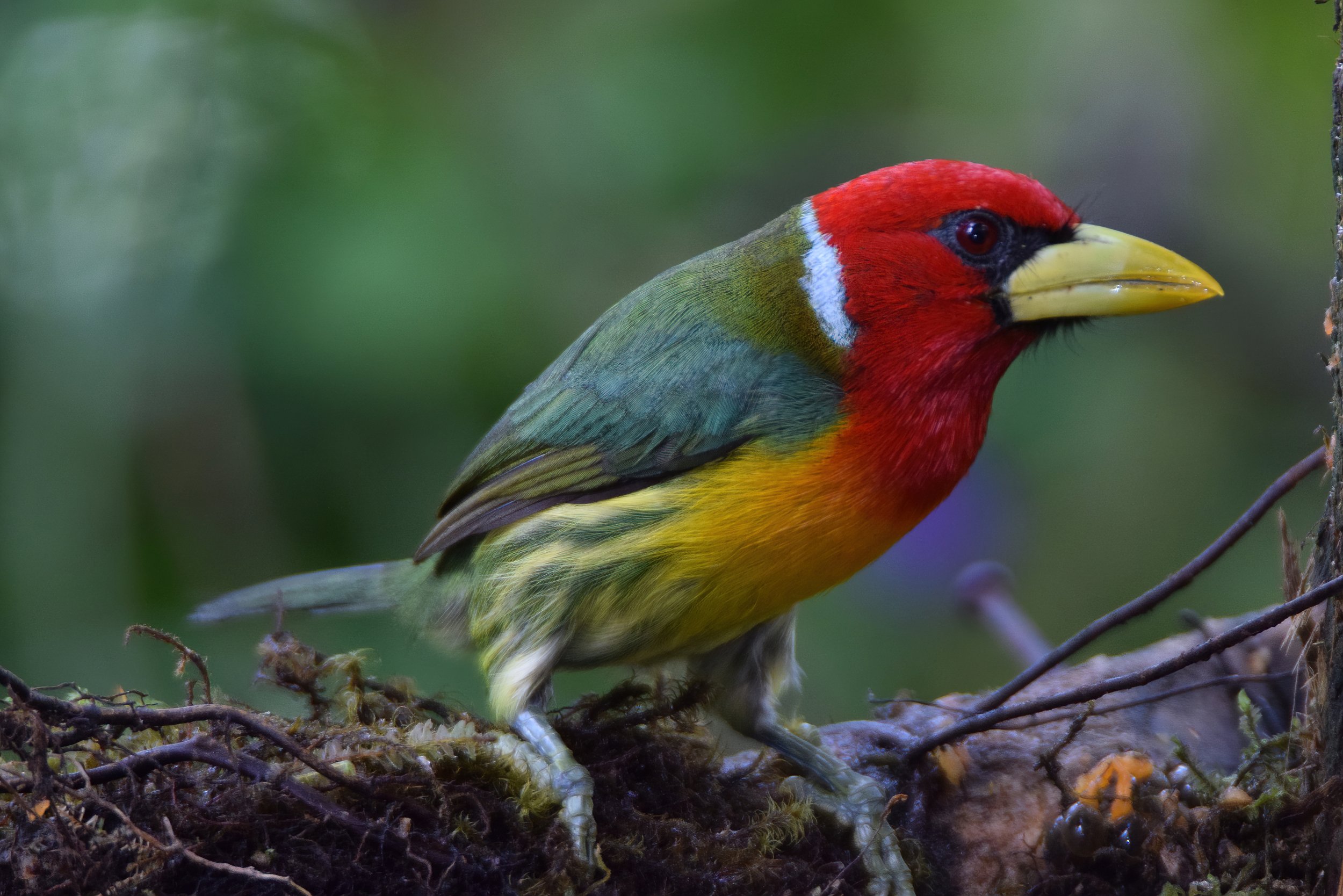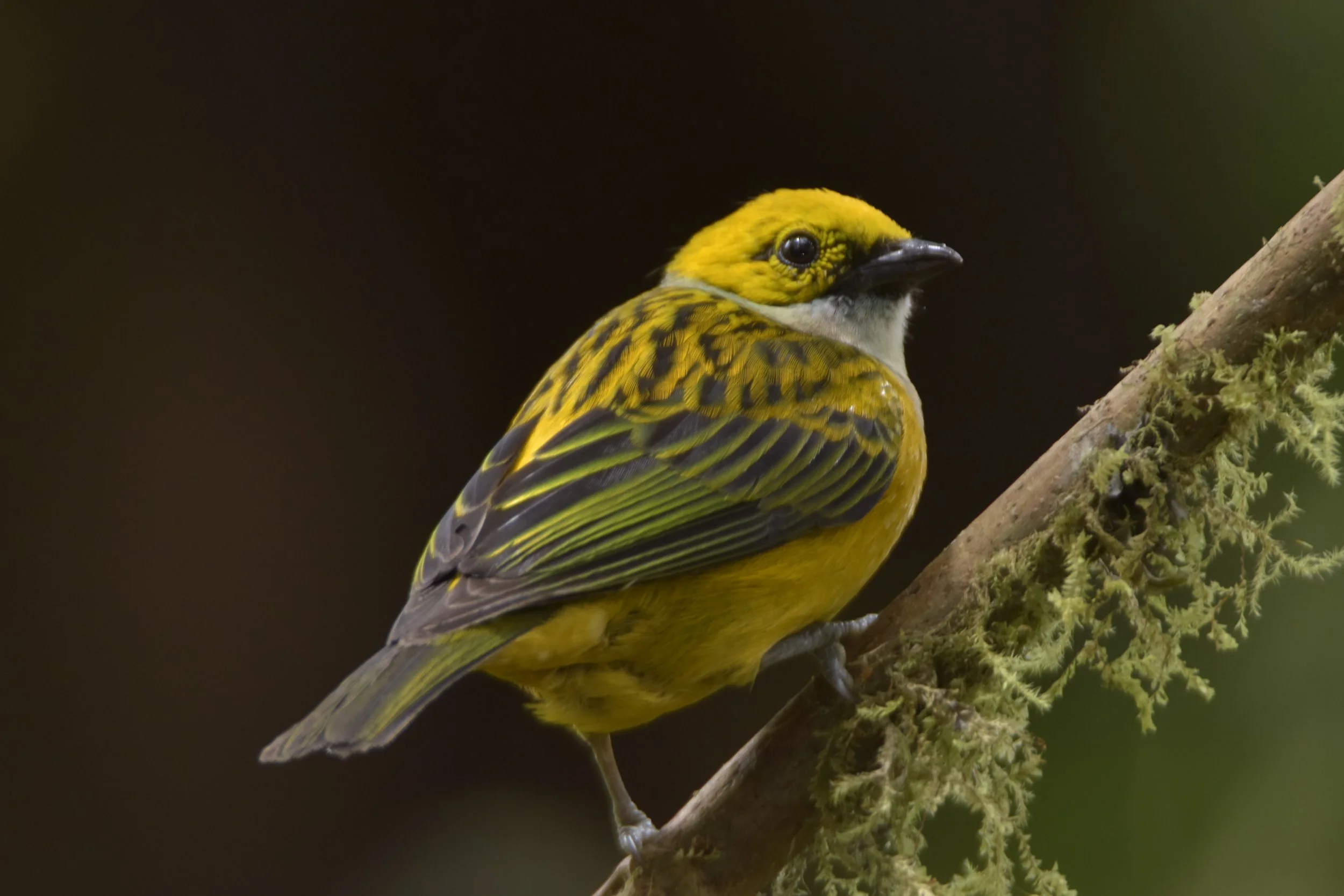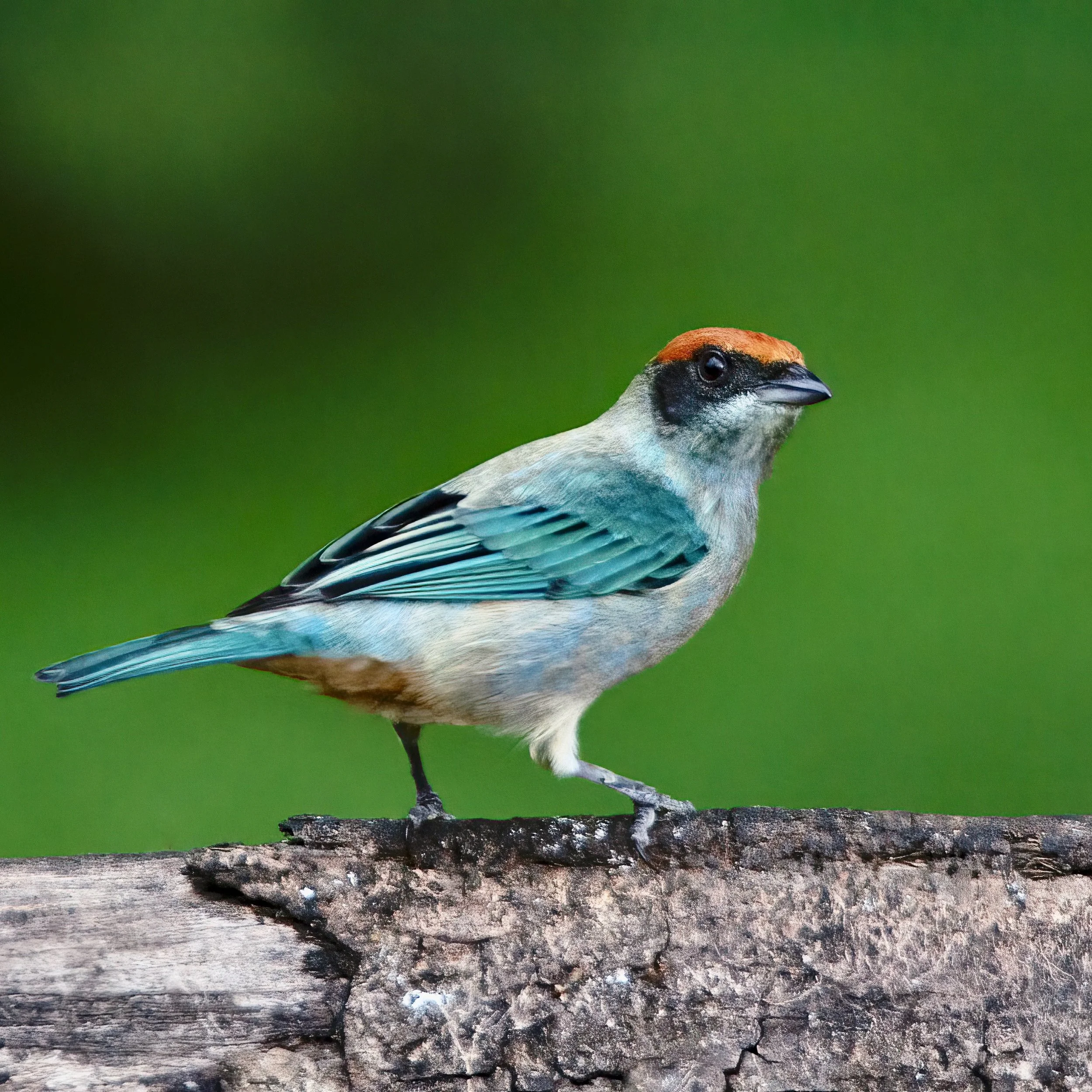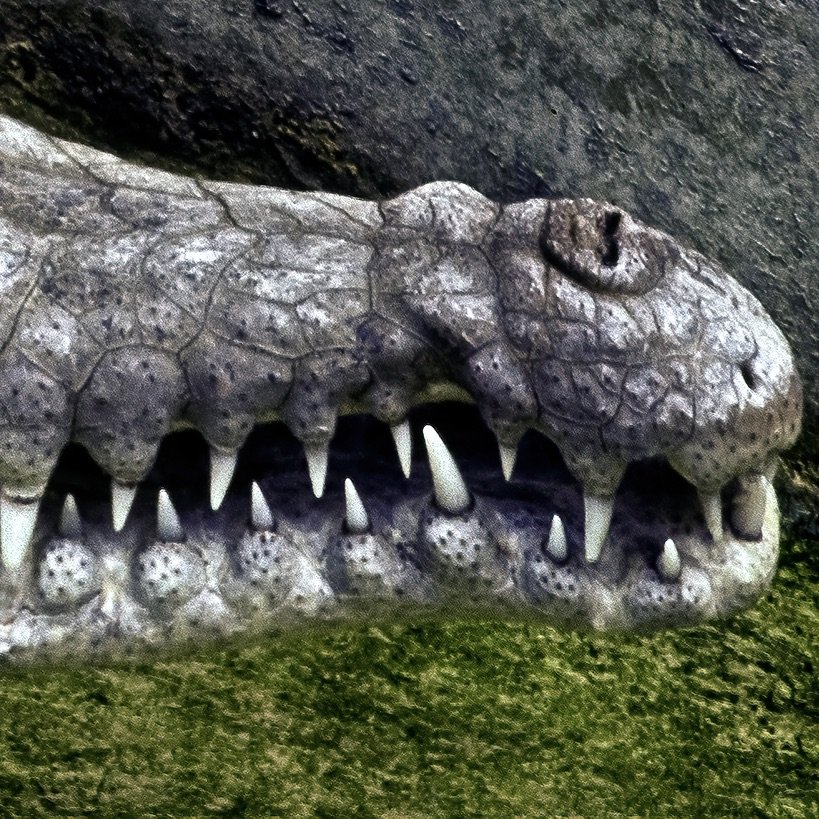The Business of Bird Feeders in the Tropics: Attracting Birds to Attract Money
Is the promotion of birding for people with mobility limitations a primary goal or a collateral benefit?
By Peter Rockstroh
One of the world’s most colorful bird species, a male Multicolored Tanager (Chlorochrysa nitidissima) perches at pond’s edge. This fabulously-colored west Colombian avian endemic is found at intermediate and upper elevations and illustrates why birding in Colombia continues to find a growing and enthusiastic global audience. Image: ©José Gregorio Hernández 2023
In February 2015, Colombia organized its first International Bird Fair in the city of Cali. The conference was built around birds, birding, and ecotourism, and represented a collective effort to promote Colombia as the prime birding destination in the world. Ornithologists, professional bird guides, birdwatchers, and members of the tourism sector presented their papers to a crowd of birding enthusiasts. This event was so successful that it has become an ongoing annual exchange of information, and a meeting point for everyone in the country interested in all things feathery.
A year later a very interesting paper was published (Moreno-Sánchez et. al., 2016), evaluating the business potential of birdwatching in Colombia. Comparing it with that of Costa Rica, a popular and well-developed tropical birding destination, the authors estimated that Colombia could expand into this market niche enough so as to generate an additional revenues of US $9 million and create over 7,500 new local jobs.
The Broad-billed Motmot (Electron platyrynchus) is the riparian version of his Rufous cousin (Baryphtengus martii). While the latter is associated to the interior of terra firme (permanently above water) jungles, the Broad-Billed is associated with river edges and flooded forests. Image ©Peter Rockstroh 2023.
Those are large and easy to memorize numbers, and they had a magical effect on many local pro birders, especially those who were already calculating the potential size of their personal slice of this pie. The major challenge is how to make money with this opportunity. Colombia has many fantastic bird guides, but they can’t be at two places simultaneously, nor are they willing to guide 50 people instead of 15 per group. Some were already suffering from growing pains even while still in the planning phase of growing their businesses.
Birdwatching has become a multibillion dollar market, in which binoculars, photo gear, and appropriate clothing are often the smallest expenses. The big money is sunk in travel costs, and thrifty birdwatchers often calculate the cost-effectiveness of their trips according to how much they will spend for the number of birds they are going to see. When you add travel plus lodging plus food plus fun, divided by the number of species you can expect to see, Colombia always makes it worth the trip. From an efficiency standpoint, with 1,958 species overall, nearly 100 endemics, and many distinct ecosystems within a day’s trip one from another, this allows for very tight schedules and many birds to tick off a birder’s life list in short order.
Twenty-something years ago, when not many tourists were planning how to spend their time and money in Colombia, many Colombians were wondering if they should, could, and would spend their time and money in Colombia, and if they would be safe. One of these persons was Dora Londoño, who moved with her husband in 1999 to a site near the town of Dagua, in the upper Anchicayá valley, about 35 miles/55 km from Cali. The area was well known to a few biologists for the variety of poison frogs (Dendrobatidae) that occur in that zone, but Doña Dora at that time had little interest in frogs and a lot more interest in how to pay for the piece of land they had just bought with her husband. The area was also well known to a few armed groups who had a slightly different appreciation of nature, although some of them did share the birder’s taste for camo clothing.
Being a very practical woman, she decided to set up a roadside café, that served tinto (coffee), snacks and meals to the truck drivers, sales people and tourists that used this road to commute between Cali and Buenaventura. She had noticed a large number of birds in the area, whose company she enjoyed immensely, so she started putting out bananas and papaya and the birds responded by visiting her feeders in large numbers. As they got habituated to the people in the small restaurant, word got around that there was this roadside café where one could photograph birds up close. It took very little after that to see an increasing number of birders and photographers coming to this place and spending hours and hours observing and photographing them. Among them was a small group of bird photographers from Cali, that published their images and videoclips on social media, bringing an increasing flow of visitors to the small café.
Doña Dora attending her feeders. Image: ©Peter Rockstroh 2023.
Today, Doña Dora’s Coffee and Birdwatching is well known in birder’s circles worldwide, through online outlets like YouTube, ecotourism bloggers, and different bird-oriented websites. It is a place that has become a must-see for hardcore birders, foreign and local.
I asked her what she thought of all this fame.
"I don't sit in front of the computer, so I can't really say what is going on there. I have people and birds to feed”, she replied, trying to act grumpy to hide her obvious pride in this success.
"Has this helped you improve your business?", I asked.
She nodded, then replied, "I built a terrace on the second floor and just finished four rooms on the third floor".
The Toucan Barbet (Semnornis ramphastinus) is a Colombian near-endemic that just ranges in northern Ecuador, and is restricted to the humid foothills of the Pacific versant in both countries. Doña Dora is one of the few places where it can always reliably be seen. Image ©Peter Rockstroh 2023.
The rooms are clean and comfortable, with enough space to sleep happily and store your backpack while you are sitting downstairs having coffee and empanadas, and photographing birds. Staying here will make sure you are the first one with your camera, sitting right in front, as some days the place can be packed.
Before getting involved with birdwatching, she was barely making ends meet. She now has a minimum of four visitors per day, year-round. From her lowest daily rate, that is birdwatching only (US$ 8.00 to US$ 10.00) to her highest room rate (US$ 30.00 - all included) you can crunch the numbers and see how this became a prosperous business. Even in a bad month, it adds about US$ 1,000.00, plus an equal amount in food and snacks to her income.
That is not the only sign of recognition for her work. Recently a new orchid species was discovered in the area; a beautiful miniature orchid from the genus Lepanthes. The authors thought that no-one deserved this honor more than Doña Dora and named the plant Lepanthes dorae. The tiny plant became a living symbol of recognition for her love of nature.
But not all feedback is positive. Every so often she has conversations with people that argue that bird feeders are a health risk for the animals and are bad for the ecosystem (?!).
When I asked her how she responded to these types of comments, she said, "I tell them I have birds and people to feed. Would you like another empanada?".
I couldn't have said it better.
She started this business with much hard work, slowly building a solid relationship with birds and birdwatchers. Almost 25 years later, she is still the first one to get up, feed the birds and clean the place, which always looks spick and span, so everyone can enjoy it.
The Red-headed Barbet (Eubucco bourcierii) is another permanent guest at Doña Dora’s. Female on the left with a male shown right. This colorful denizen of the undergrowth can sometimes be as mean towards other birds as he looks. Talk about an angry resting face! Image ©Peter Rockstroh 2023.
Her son helps her run the place. He has been looking at options to make the business grow and has a very clear idea that customer service is the key. I asked him if they had ever considered setting up infrastructure for people with disabilities? We spoke for a while and I could see the enthusiasm in his eyes, when I mentioned that there were not many operators that focused on elderly and other mobility or vision-impaired clients. He told me he would look into it, paused for a moment and said he had heard of a place like that, not far away.
Some 23 miles/37 km north of Doña Dora lies another famous birdwatching area near Cali: Kilometer 18 as it is known locally. This area, about 3,250’/1,000 m higher than the city, lies adjacent to a large block of cloud forest from the Los Farallones National Park. It is the highest spot on the road from Cali to Buenaventura.
For many decades, families from Cali have built their weekend homes in the area, enjoying the cool weather that contrasts with the heat of the city. While the area has always supported a large avian fauna, it wasn’t until the early 1990s that landowners started to put out birdfeeders to enjoy these visitors up close. Just like Doña Dora, that started attracting photographers and birdwatchers, who came to photograph many endemic and colorful species.
Today about half a dozen of these fincas and weekend homes offer birdwatching, food and lodging in different proportions. Having had the experience of staying in one of the older places many years ago, I decided this time to stay with a newcomer.
San Felipe Birding is the New Kid on the Block in the area. The signs to find the place are far more than discrete; they are rather cryptic. I made my reservation over a barely audible phone call and arrived unfashionably four hours late. I wasn't shot on arrival only because the charming couple of owners was too worried about my well-being to shoot me.
This birding operation was developed in the weekend house that Clara and Carlos built 38 years ago. It took 35 years until they noticed the huge number of birds they had living on their property. They both enjoyed the colors and sounds, but were absolutely clueless of what they were looking at. Clara, who seems to have a very practical approach to any problem she must solve, asked around to find the best person to help her evaluate if this could be turned into a commercial venue.
The Crimson-rumped Toucanet (Aulacorhynchus haematopygus) is one of the more discrete members of the family, and forages in groups under the canopy. Less noisy than the Mountain Toucans, these birds are magnificent predators that hunt small mammals, reptiles, frogs, and other birds. Image ©Peter Rockstroh 2023.
She has the simple taste of Oscar Wilde: She is always satisfied with the best. Her pick was Carlos Mario Wagner, the 2018 Director of the Colombian Bird Fair. Combining his knowledge and her enthusiasm, the idea developed rapidly into the birding facility it is today.
Her next move was looking for a guide that understood the needs of photographers, had a passion for birding and a creative approach to his job. She started scanning the social media and found José Gregorio, guide extraordinaire, photographer and bird man 24/7.
With this set up they were ready to enter the market.
San Felipe Birding is an exercise in creativity. The main structure is a New-Mexico-in-the-rain house (her words, not mine), painted in vivid tanager colors, surrounded by a large garden whose edges fuse with the cloud forest around it. Inspired by a visit of Juan Pablo Culasso, a well-known, blind South American birder, they built a trail for blind visitors, that runs from the house to several stations below. Jose Gregorio has been training a pair of tinamous and a pair of antpittas to come to a feeding station at the beginning of this trail. To navigate the path between the different stations and back to the House, the trail has a lifeline that runs all the way from the house to the end.
Close by is a feeding station set at the edge of a reflecting pool. It is probably the spot that draws the most colorful array of birds in the area. There are usually bright red Summer Tanagers (Piranga rubra) squabbling with Blue and Gray (Thraupis episcopus), and Palm Tanagers (T. palmarum) at the feeders. Meanwhile, Golden-naped (T. ruficervix) and Scrub Tanagers (T. vitriolina) clear out what is left from the first banana of the day. The less numerous and more colorful species know how to make an entrance and show up at bankers’ hours, often when photographers have just drained their camera batteries. Fortunately, the blinds were designed with all that in mind and are all outfitted with electrical outlets to charge your batteries.
Shown left, a Silver-throated Tanager (Tangara icterocephala), and right a Rufous-throated Tanager (Ixothraupis rufigula). Images: ©Peter Rockstroh 2023.
Back at the house is a large blind, facing what I can only describe as a birdfeeder theme park. A fallen log in the back provides a surface to feed doves, pigeons and wood quail.
A large hollow trunk with dozens of holes, filled with grains of corn, provides food and entertainment for a pair of Acorn Woodpeckers. Many perches, horizontal and vertical, gift wrapped in moss and hiding pieces of plantain and papaya for the birds to pluck out, attract a broad range of tanagers, woodpeckers, brush finches, doves, quail and guans. It is often difficult to decide what to photograph.
Looking rather like a herald from the Sun Gods, a male Golden Tanager (Tangara arthus) makes an appearance at San Felipe Birding. Image: ©Peter Rockstroh 2023.
I was so busy photographing birds that for a while I forgot the purpose of my visit. Bringing birds closer to people with disabilities and vice versa. Clara and Jose Gregorio turned their cameras off when I started talking about the possibilities of trails for people in wheelchairs, and I could see both taking mental notes of this concept.
I said: "Imagine a trail where people in wheelchairs could be left alone to move at will and observe nature independently. I haven't seen anyone offering that kind of service and I couldn't imagine a more grateful client than someone who is temporarily or permanently confined to a wheelchair, and can suddenly move about on a trail in the forest."
This type of infrastructure is neither easy nor cheap to build, but it is an amazing mark to set. Wooden board walks are a standard feature in many US national parks, and are also common in parks in Europe and in Africa. From an engineering standpoint they are nothing new, except that in this case they will be focused on people with disabilities.
This long, elevated wooden trail at Lake Manyara, Tanzania, allows visitors to get closer to the birds, safe from nasty critters like Hippos and Cape Buffalo. Image ©Peter Rockstroh 2023.
Colombia's approach to birding has already brought many birds closer to the birder, without the intention of doing this for people with disabilities. It will be interesting to see who will take the lead on this path not traveled before in-country, and open this service for a market segment that hasn't been focused on. The paper written in 2016, describing the potential market for the birdwatching segment of the tourism industry, was motivated by the then contemporary (2016) peace talks. Crime rates dropped dramatically during those years, giving this sector more hope for further growth.
Colombia is still the country with the world’s highest avian diversity. Travel plus lodging plus food and diversion, divided by the number of birds you will see, will still give you a very good unit cost per bird - probably the lowest available anywhere. But for this industry to grow under the current circumstances it will require more than just the backstop of its biodiversity numbers. It will require growth in unexplored market segments.
San Felipe currently receives around 200 programmed visitors per month. It has climbed to 300 during vacation season and dropped slightly under 200 during off season. It has been in operation a little over a year, so the numbers are too fresh to tell how much it can grow, but there are enough data to show it is going in the right direction.
Although common throughout its range, the endemic Chestnut Wood Quail (Odontophorus hyperythrus) is easier to hear than to see. They are standard visitors of San Felipe’s large bird observatory. Image ©Peter Rockstroh 2023.
Travelling through the country recently I have seen some fantastic birding places, many of them in areas where everything seems to be endemic. I’d love to see what would appear at a feeder in those areas, but the discipline to maintain feeders is acquired only by people that either love birds enough to dedicate this time to them or understand the numbers and do it as a business. Ideally it should be done by someone motivated by “ornithophilia” and rewarded with additional income.
How many additional options of income do people in remote areas have, that can improve their lives with a low impact on their environment? Given a sufficient flow of visitors, it is a matter of service and originality that allows for several of these outfits to co-exist. With basic rules of hygiene and guidelines for handling and feeding, it should be possible to get a bigger slice of that US$ 9.00 million pie and 7,500 new jobs as well, all done in a sustainable manner.
A tenet of successful wildlife conservation: Always Follow the Money.
REFERENCES
Moreno-Sánchez, R. D. P., J. H. Maldonado, A. Bruner, and S. Espinoza. 2016. La paz es mucho más que palomas: beneficios económicos del acuerdo de paz en Colombia, a partir del turismo de observación de aves. Reporte número: Serie técnica número 46. Conservation Strategy Fund. 61 pp.
A Colombian Chachalaca (Ortalis columbiana), getting ready to dive in and take over a feeding station at San Felipe Birding. Image ©Peter Rockstroh 2023.
All content ©Exotica Esoterica LLC® 2023, ©Peter M. Rockstroh 2023, and José Gregorio Hernández 2023.
Follow us on:


